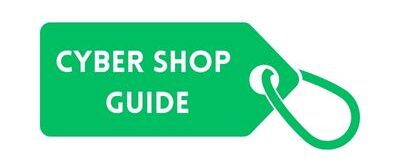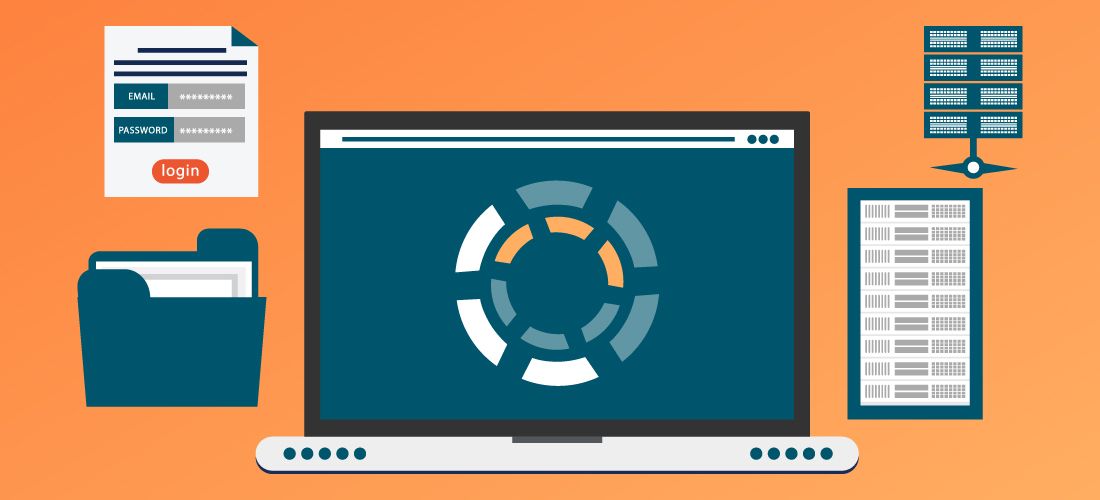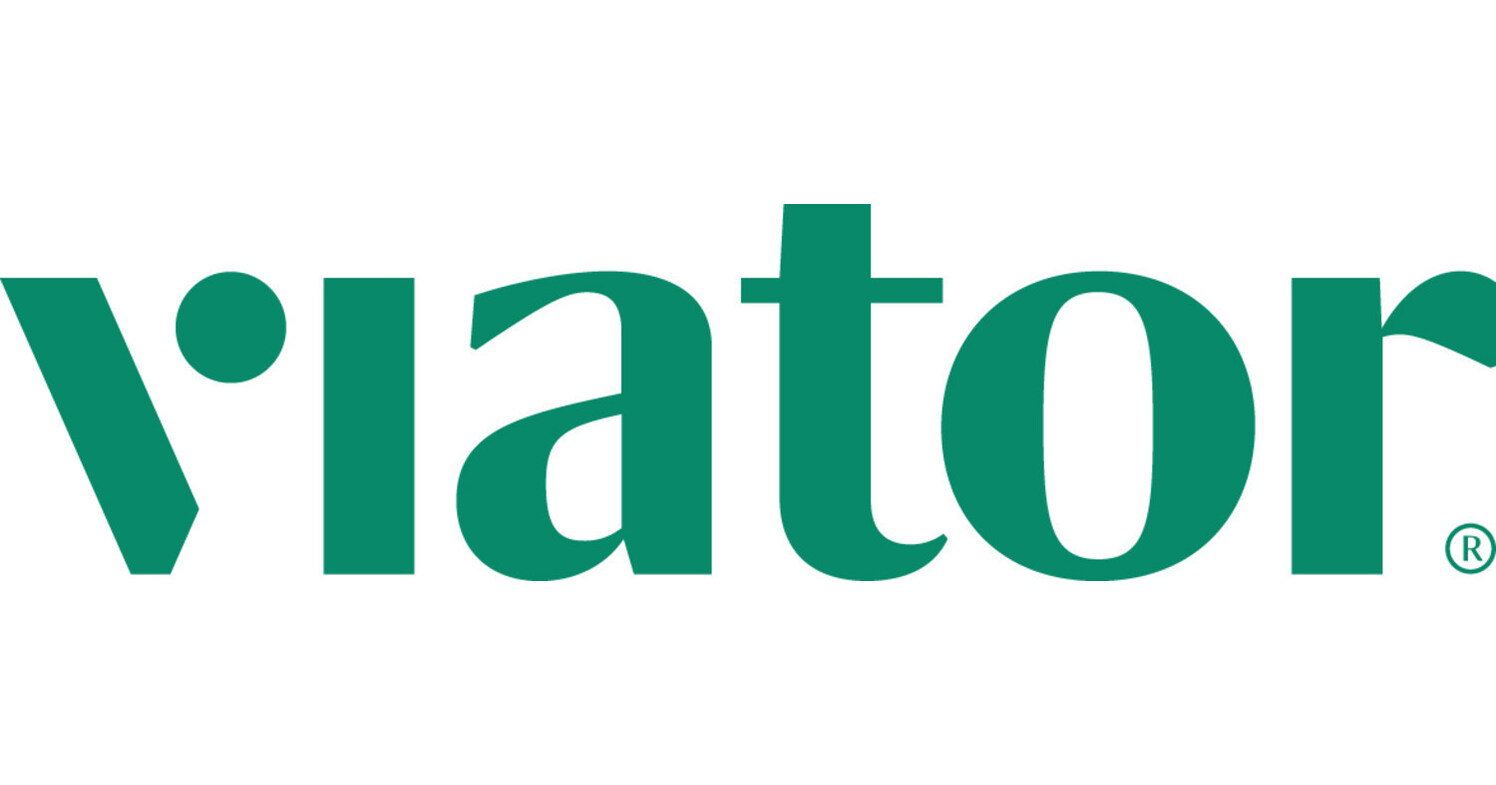Introduction to Cyber Threats
The digital world offers countless conveniences, but it also comes with hidden dangers. With just a few clicks, your personal information can be exposed to cybercriminals waiting in the shadows. You might think you’re safe, but every online action carries risks that we often overlook. From social media accounts to banking details, your data is valuable and vulnerable.
As technology evolves, so do the tactics of those who seek to exploit it. Understanding the nature of these cyber threats is crucial for anyone navigating today’s online landscape. Let’s dive into what you need to know about protecting yourself from these lurking dangers and securing your personal information like a pro.
Types of Cyber Attacks
Cyber attacks come in various forms, each with its own tactics and goals. Phishing is one of the most common types, where attackers trick individuals into revealing sensitive information through deceptive emails or websites.
Ransomware is another prevalent threat. This malicious software encrypts data on a victim’s device, demanding payment for access restoration. Often, organizations are targeted due to the critical nature of their data.
Distributed Denial-of-Service (DDoS) attacks overwhelm servers with traffic, causing disruptions to services. These can incapacitate companies and lead to financial losses.
Then there’s malware—software designed specifically to harm devices or steal information. It can be hidden in downloads or links that seem harmless but have ulterior motives.
Each type poses unique challenges and requires tailored strategies for defense against them. Understanding these threats empowers users to navigate the digital landscape more safely.
Common Targets of Cyber Criminals
Cyber criminals often focus on specific targets that yield the highest rewards. Individuals are a prime target, especially those who may not practice robust security habits.
Social media accounts can be particularly vulnerable. Hackers exploit personal information shared online to manipulate or impersonate users, leading to identity theft.
Businesses, both large and small, also face significant risks. Sensitive data such as customer records and financial information is frequently sought after for profit.
Government agencies are not exempt either. Cyber attacks on public institutions can disrupt services and compromise national security.
Healthcare providers hold vast amounts of sensitive patient data, making them attractive targets for ransomware attacks. Protecting this information is crucial in maintaining trust.
Recognizing these common targets helps individuals and organizations better prepare against potential threats lurking in the digital landscape.
Consequences of a Cyber Attack on Personal Information
A cyber attack can have severe repercussions on personal information. Once compromised, sensitive data like social security numbers and credit card details can be sold in underground markets.
Identity theft is a common outcome. Victims may find themselves facing unauthorized charges or loans they never took out. This not only damages their financial standing but also takes considerable time to resolve.
Moreover, the emotional toll of such attacks can’t be overlooked. The feeling of vulnerability often lingers long after the incident has been addressed. Trust in online interactions diminishes, affecting how individuals engage with digital platforms.
In some cases, attackers exploit stolen data for phishing scams aimed at further exploitation. A single breach can create a ripple effect, leading to multiple layers of fraud and deception that are difficult to escape from.
The aftermath usually involves legal battles as victims work to restore their identities and finances—a process fraught with complications and stress.
Tips for Protecting Your Personal Information Online
Protecting your personal information online is vital. Start by using strong, unique passwords for each account. Consider a password manager to keep track of them all.
Enable two-factor authentication whenever possible. This adds an extra layer of security that can thwart unauthorized access.
Be cautious about sharing personal details on social media platforms. Cybercriminals often exploit this information to craft targeted attacks.
Regularly review privacy settings on your accounts. Adjust them according to your comfort level and limit who can see your information.
Stay suspicious of unsolicited emails or messages asking for sensitive data. Phishing scams are common, and they often look legitimate at first glance.
Keep software updated—this includes apps, browsers, and operating systems. Updates frequently include important security patches that protect against the latest threats.
Importance of Regularly Updating Security Measures
Keeping your security measures up to date is crucial in today’s digital landscape. Cyber threats evolve rapidly, and staying ahead means regularly reassessing your defenses.
Outdated software can leave vulnerabilities that hackers eagerly exploit. Regular updates patch these weaknesses and enhance protection against new malware or phishing techniques.
It’s not just about installing the latest antivirus program. Ensure all devices, applications, and even passwords are refreshed periodically. Stronger encryption methods may emerge; adapting to them strengthens your overall security posture.
Consider enabling automatic updates for critical software whenever possible. This simple step reduces the chances of forgetting important patches amid a busy schedule.
Educate yourself on emerging threats regularly. Knowledge is power when it comes to safeguarding personal information online. By prioritizing proactive changes, you create a resilient barrier against potential attacks that could compromise your data integrity.
Resources for Additional Protection and Education
The digital landscape is constantly evolving, and so are the threats within it. To stay informed, utilize reputable resources dedicated to cybersecurity education. Websites like StaySafeOnline.org offer valuable insights and tips for protecting your personal data.
Consider enrolling in online courses through platforms such as Coursera or Udemy. These courses often cover everything from basic security practices to advanced threat detection techniques.
Podcasts also provide an engaging way to learn about cyber safety on the go. Shows like “Cybersecurity Today” keep you updated on recent developments in the field while offering expert advice.
Don’t overlook social media groups and forums focused on cybersecurity discussions. Engaging with others can enhance your understanding of current trends and challenges faced by individuals today.
Local community centers may host workshops or seminars that delve into online safety strategies—another great resource for hands-on learning.
Staying Vigilant in the Digital Age
Staying vigilant in the digital age is not just a choice; it’s a necessity. Cyber threats are constantly evolving, and so should our defenses. Regularly monitoring your accounts for suspicious activity can help catch issues before they escalate.
Be cautious with emails and messages from unfamiliar senders. Phishing attempts can come disguised as legitimate communications, tricking even the most careful users.
Using strong, unique passwords across different sites adds an extra layer of protection against unauthorized access. Consider using password managers to keep track of them securely.
Two-factor authentication is another effective tool that enhances security by requiring more than just a password to gain access to your information.
Educating yourself about cyber threats is crucial too. Awareness can be your strongest ally in identifying risks before they become problematic.
The internet offers convenience but also comes with responsibilities—understanding how to navigate it safely helps protect not only you but also those around you. Staying informed and applying best practices will go a long way in safeguarding your personal data against unwanted intrusions.














Leave a Reply